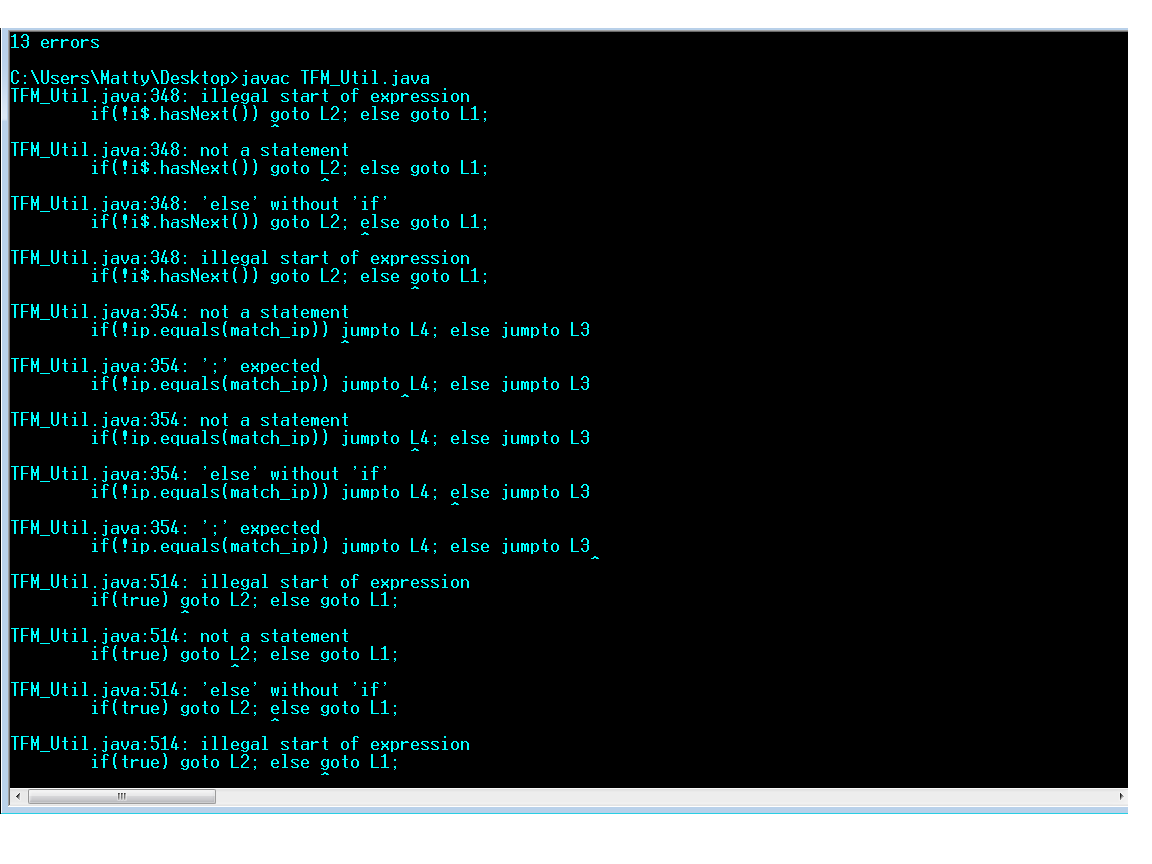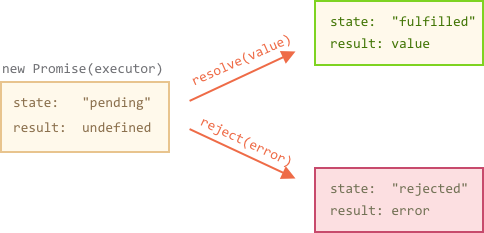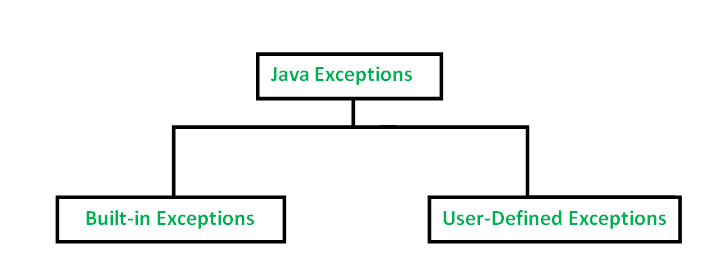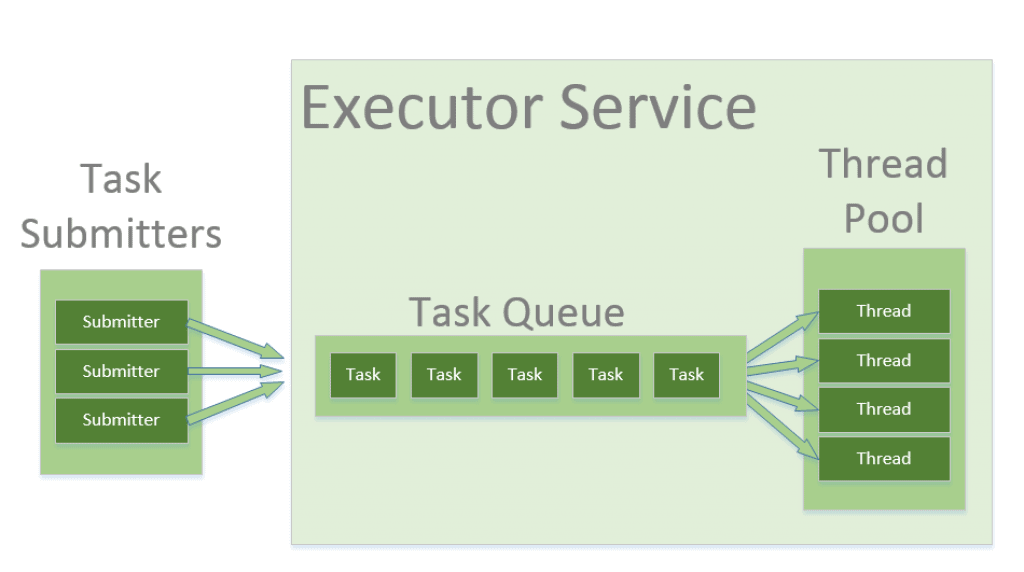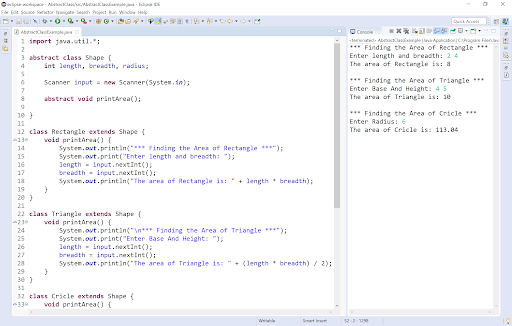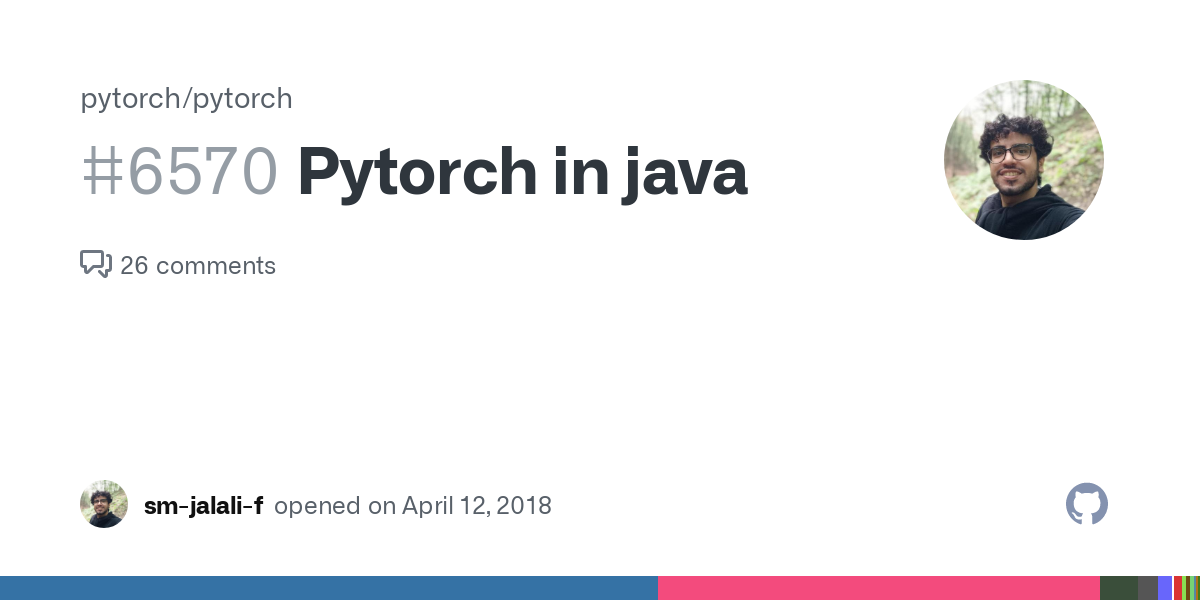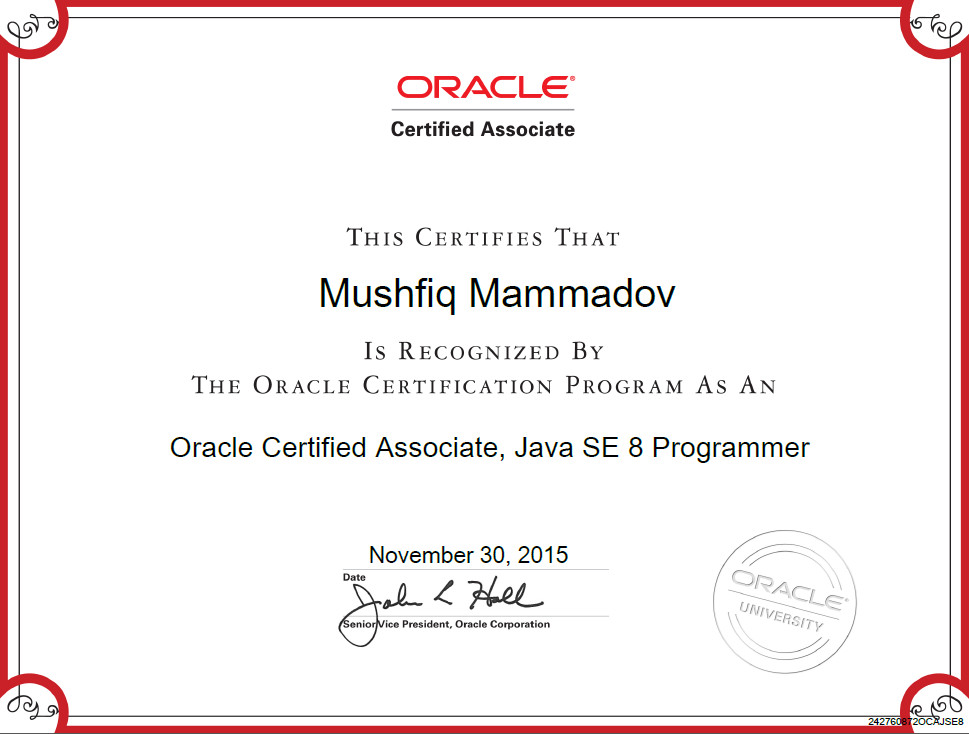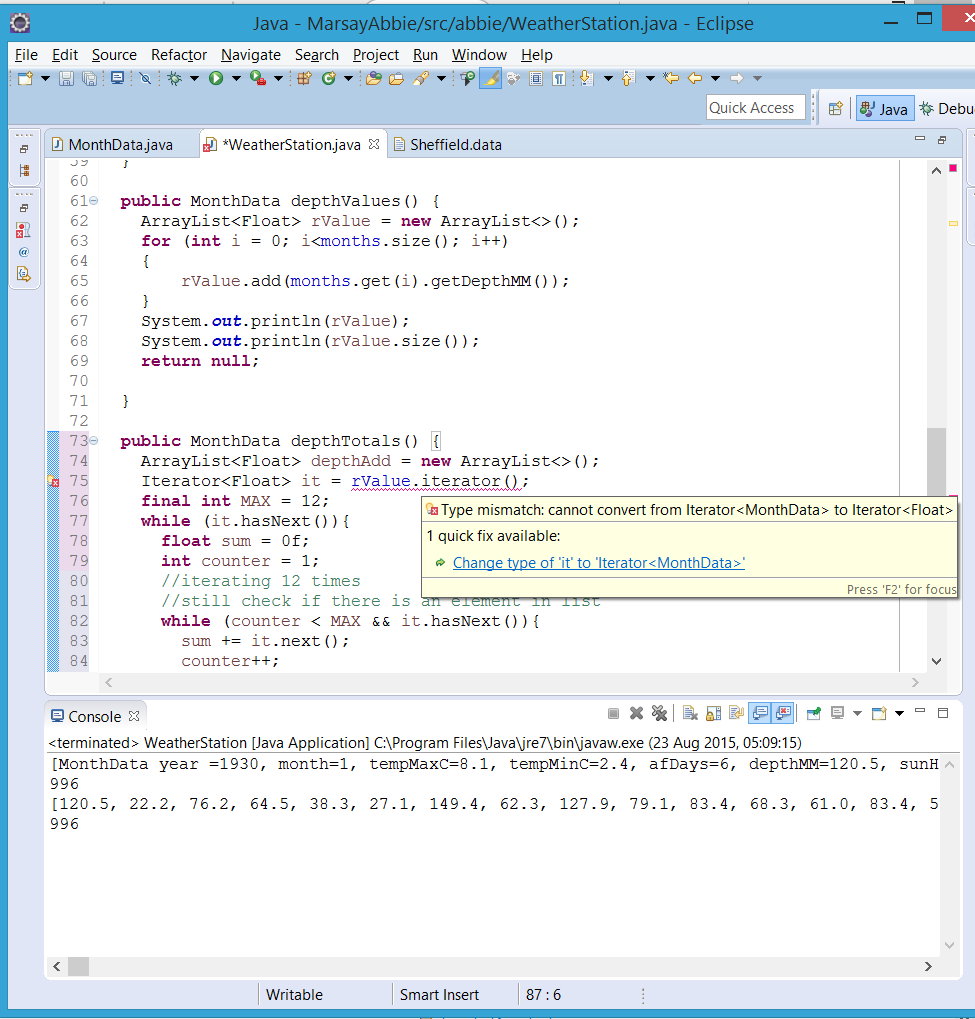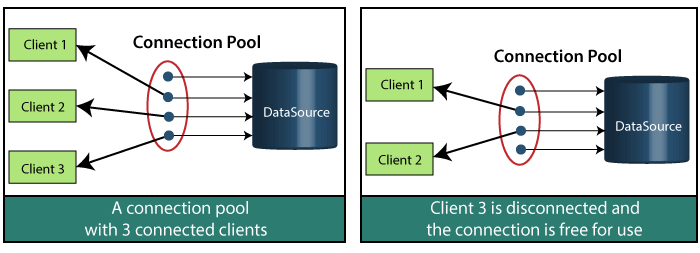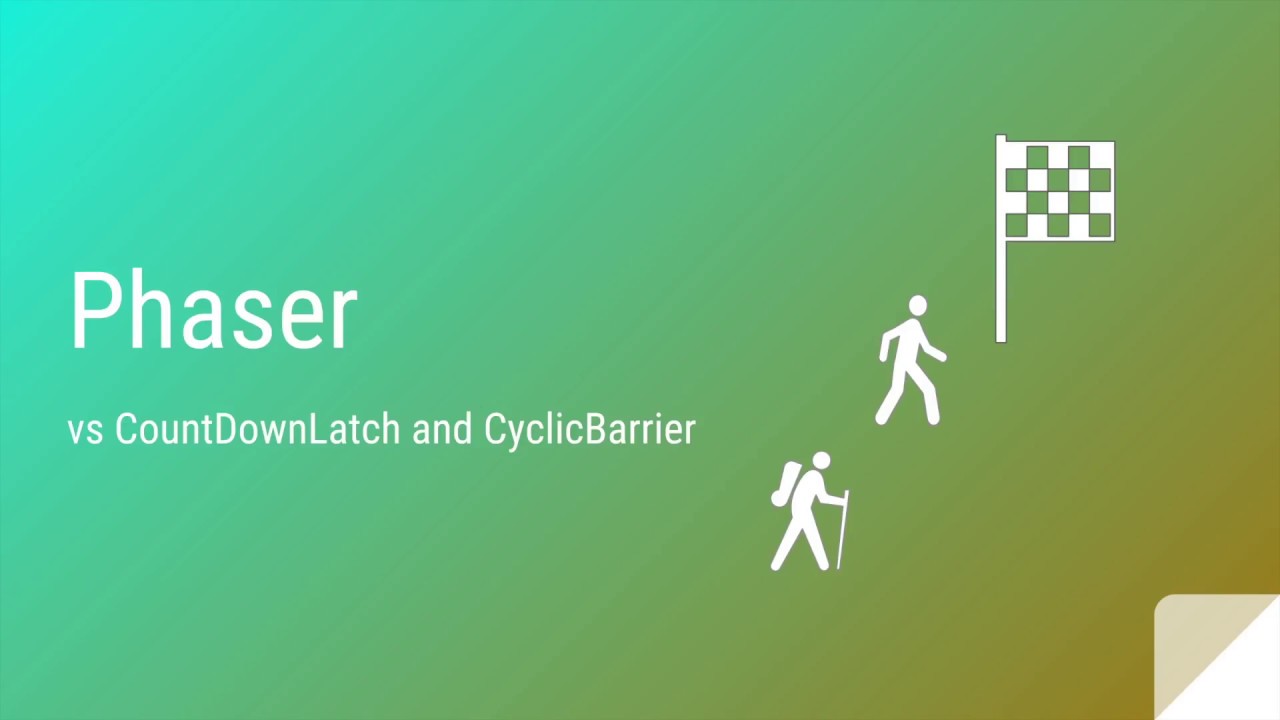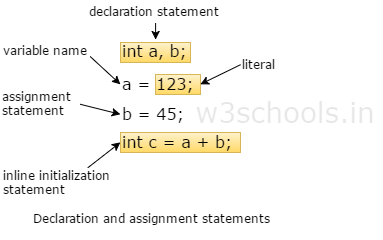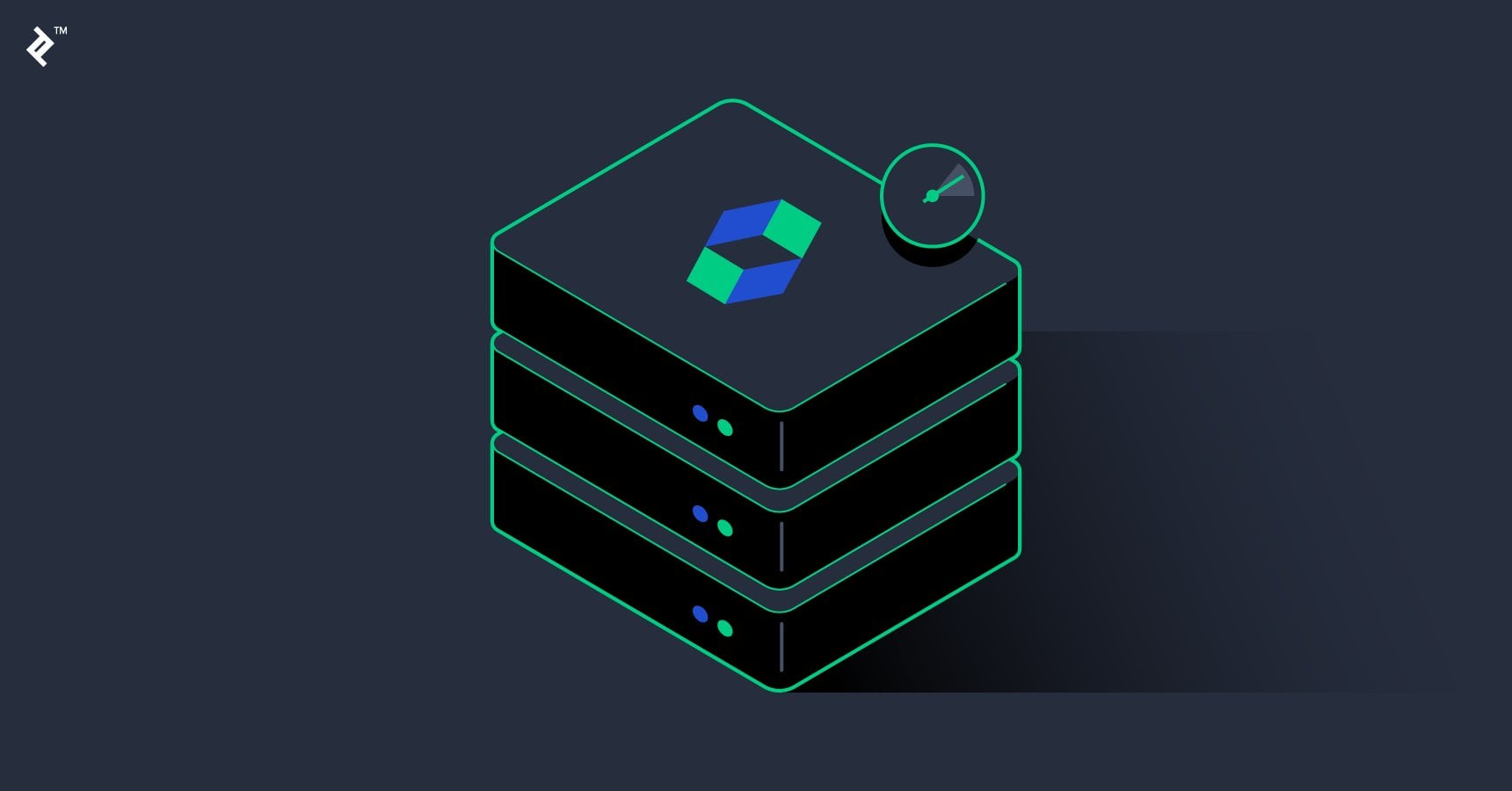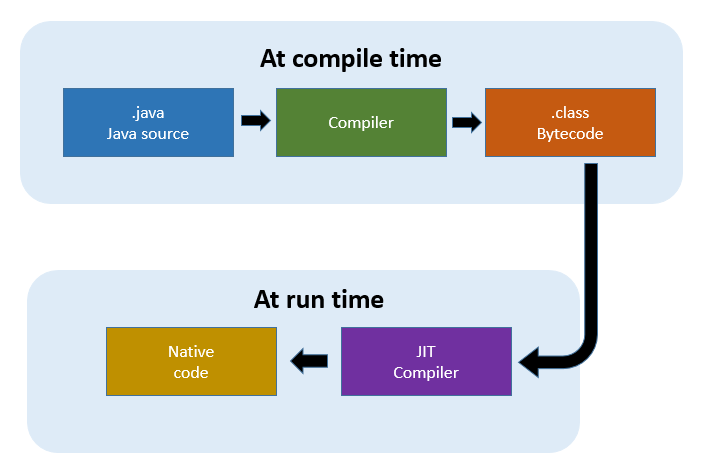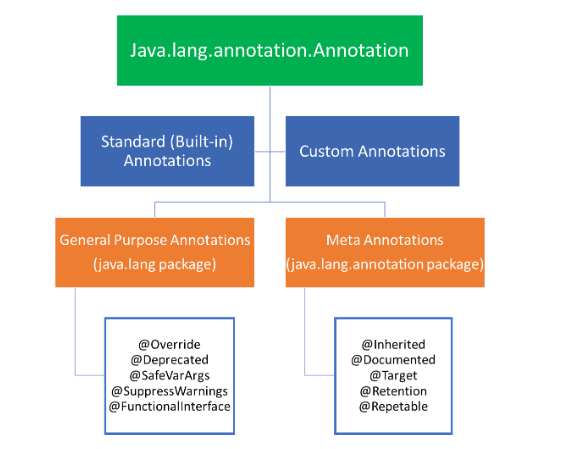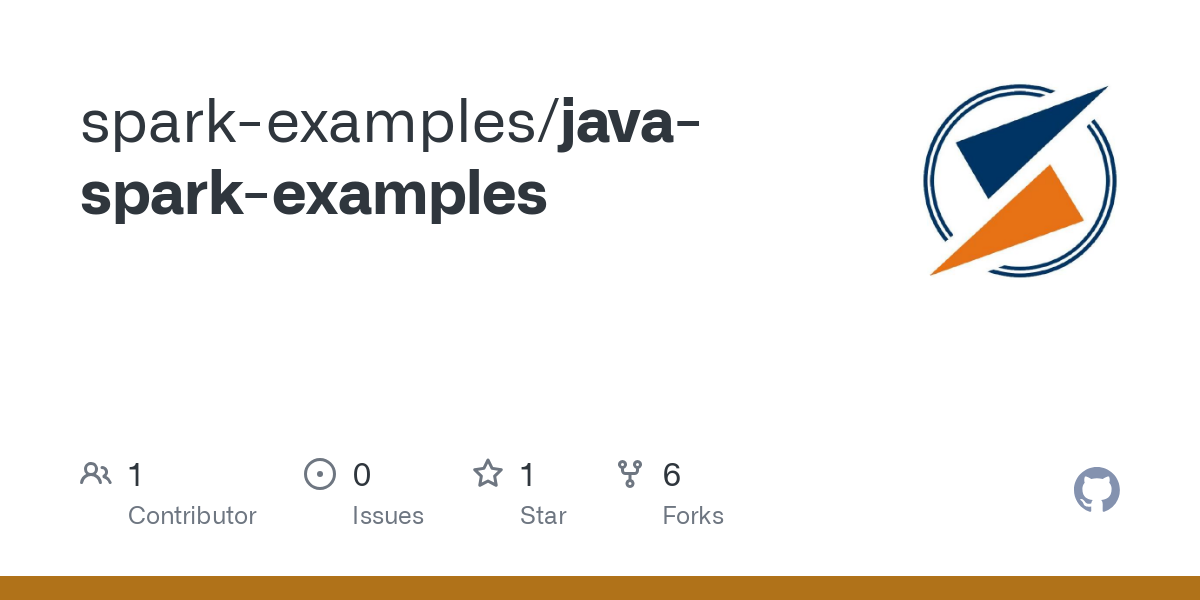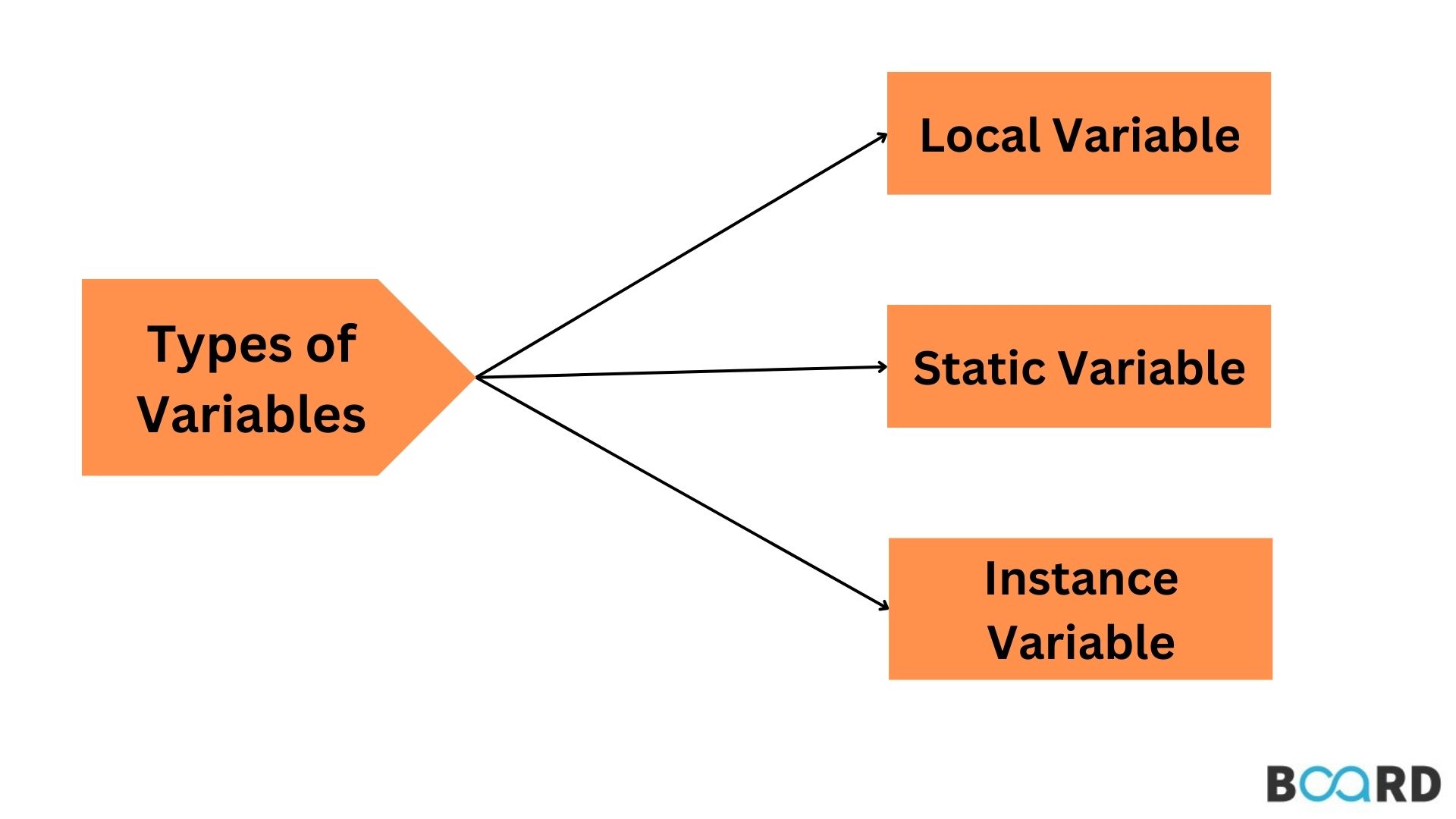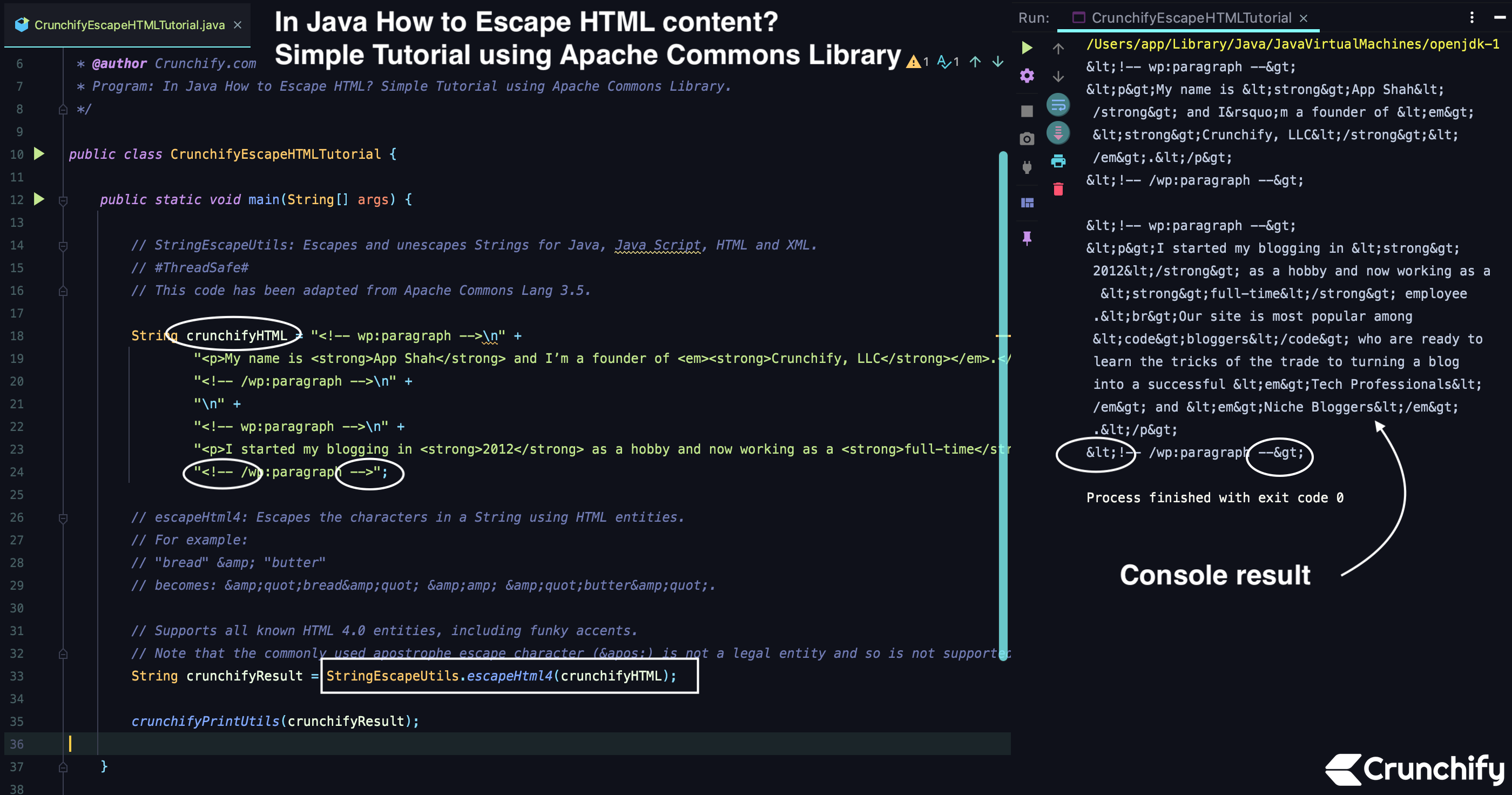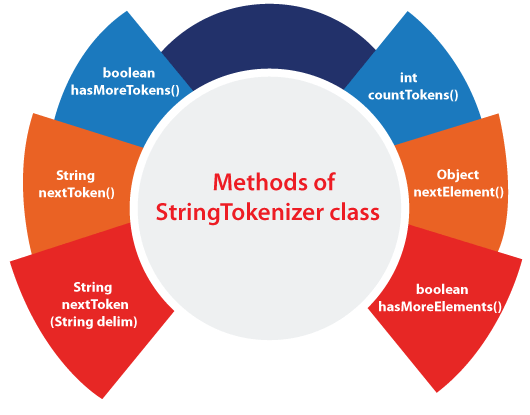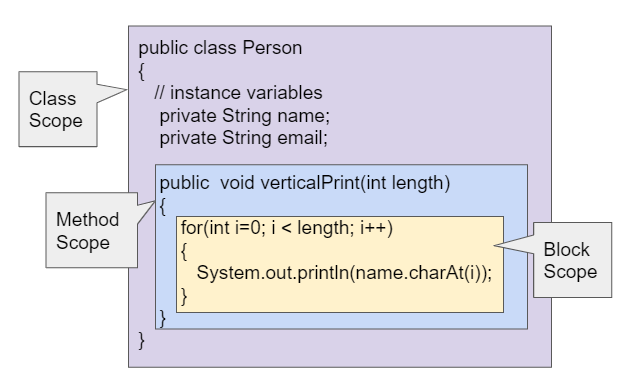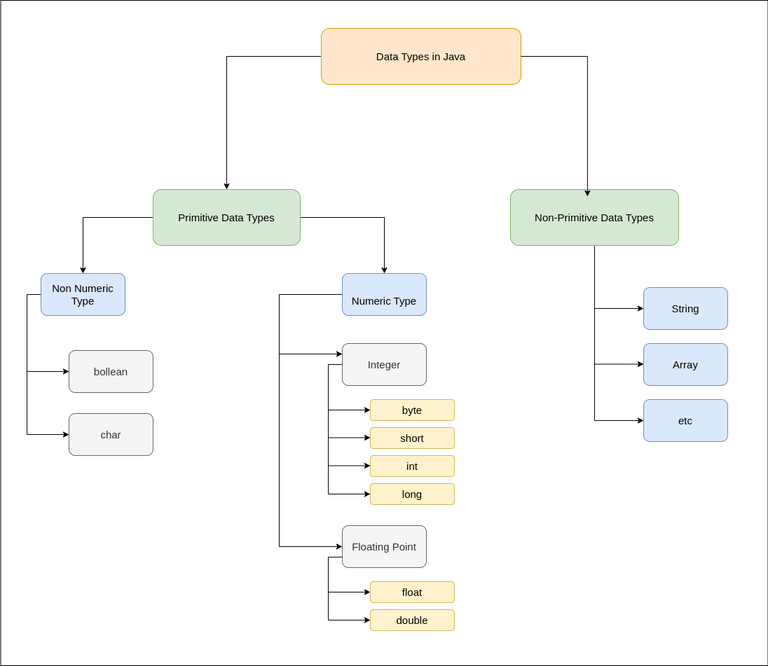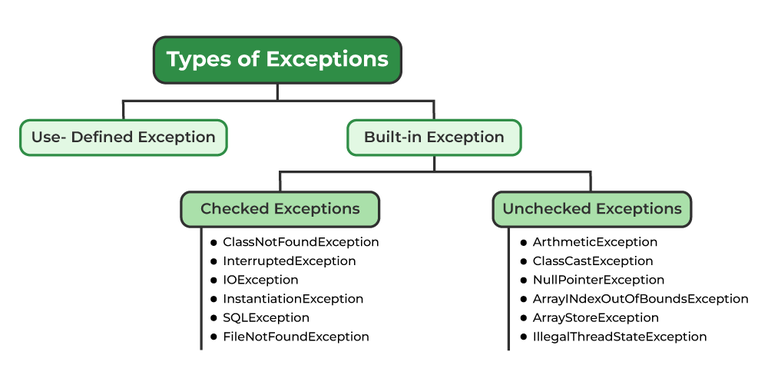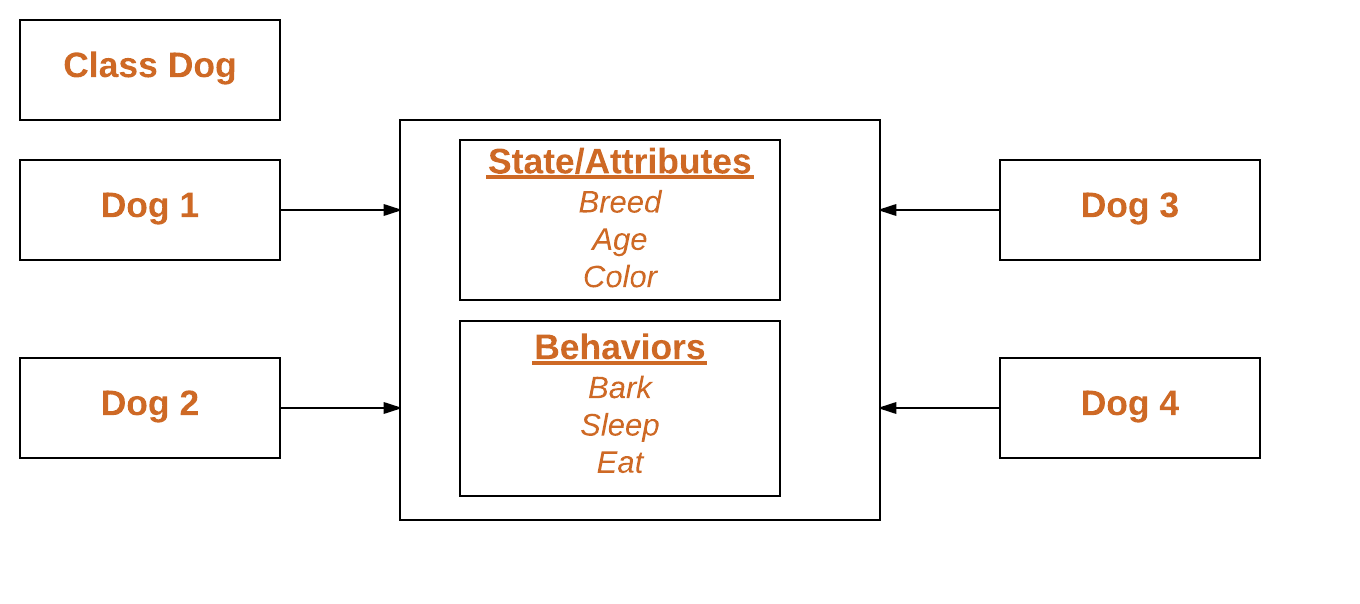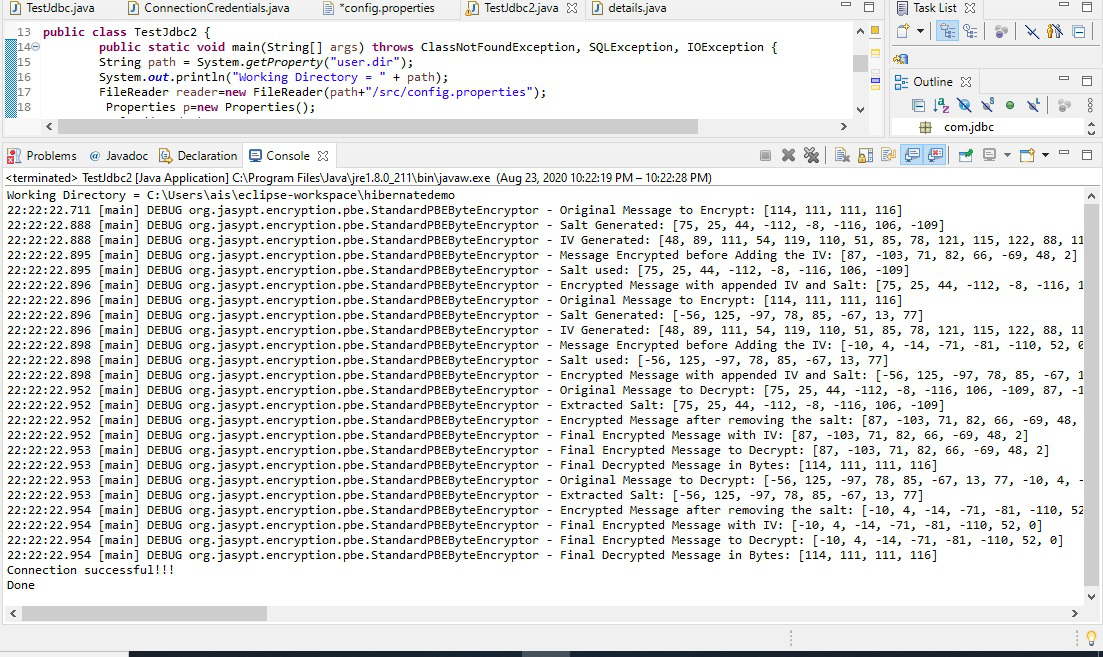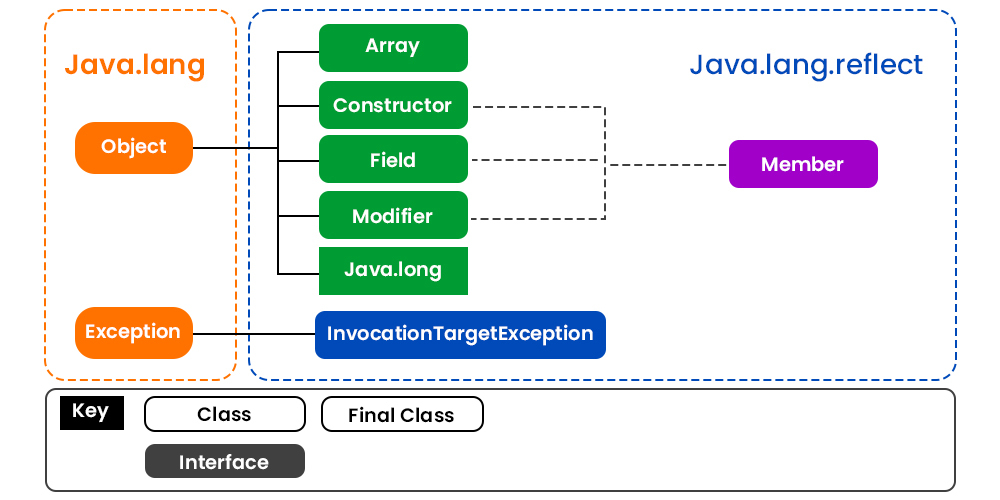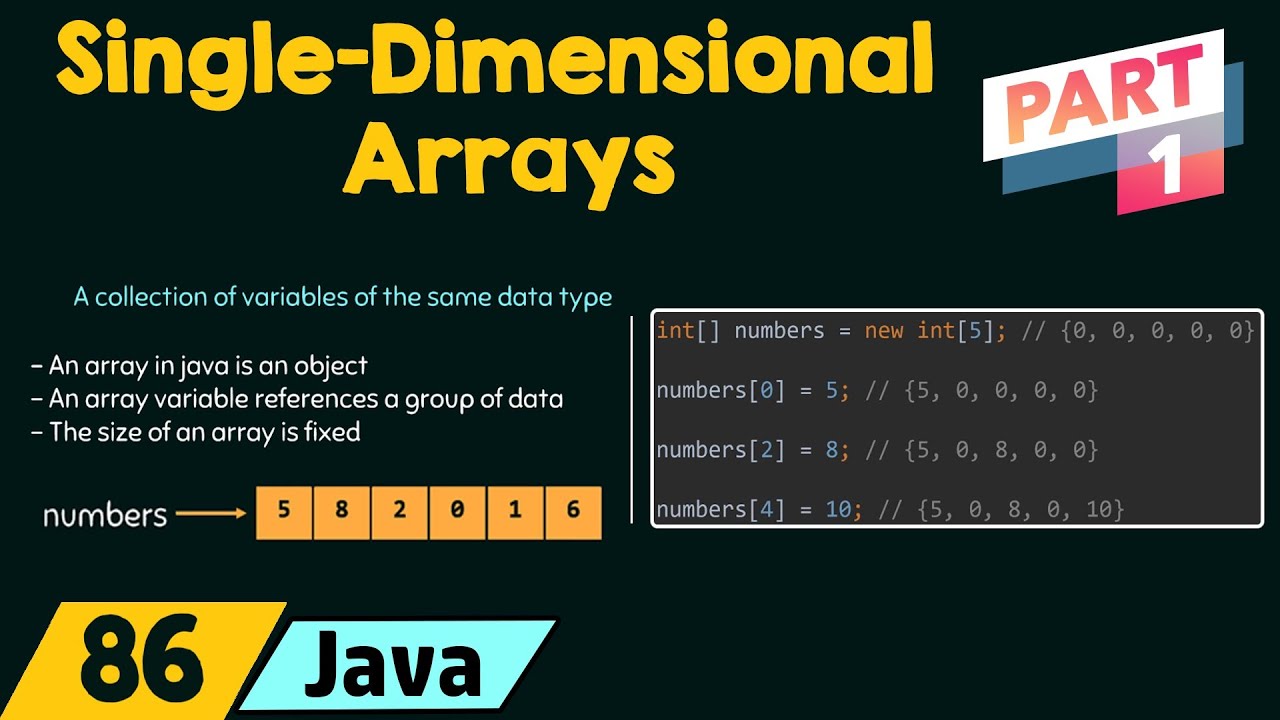Java object oriented programming tutorial for beginners
Java object oriented programming tutorial for beginners
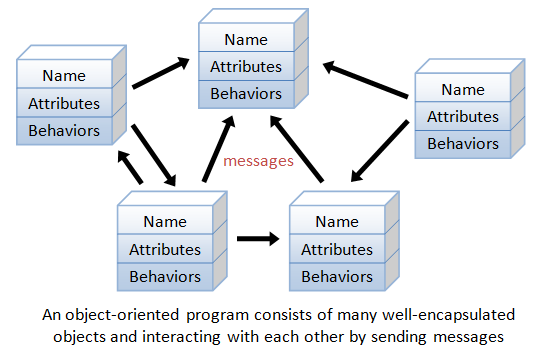
Here's a comprehensive guide to Java object-oriented programming (OOP) concepts for beginners:
Introduction
Java is an object-oriented programming language that allows developers to create robust, reusable, and maintainable code. Understanding OOP fundamentals is crucial for any programmer, and Java is no exception.
What is Object-Oriented Programming?
Object-Oriented Programming (OOP) is a programming paradigm that organizes software design around objects and their interactions. The main idea behind OOP is to create objects that represent real-world entities, such as people, animals, or vehicles, which can be manipulated and interact with each other in a program.
Java Object-Oriented Programming Concepts
Here are the key concepts you'll need to learn to become proficient in Java OOP:
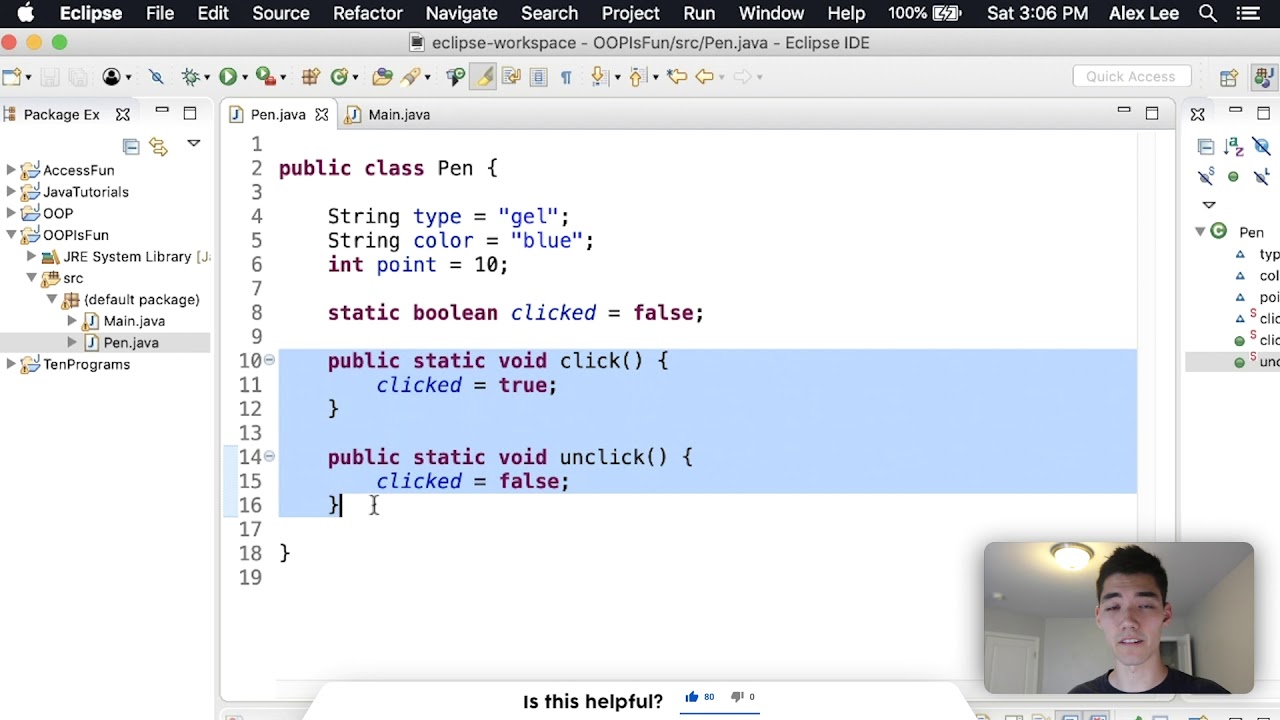
Car class with attributes like color, make, and model, and then create multiple Car objects. Inheritance: Inheritance allows one class to inherit the properties and behavior of another class. This helps in code reuse and facilitates a hierarchical organization of classes. For instance, you can define an ElectricCar class that inherits from a Car class, adding electric-specific attributes like batteryCapacity. Polymorphism: Polymorphism is the ability to treat objects of different classes as if they were of the same class. There are two types:
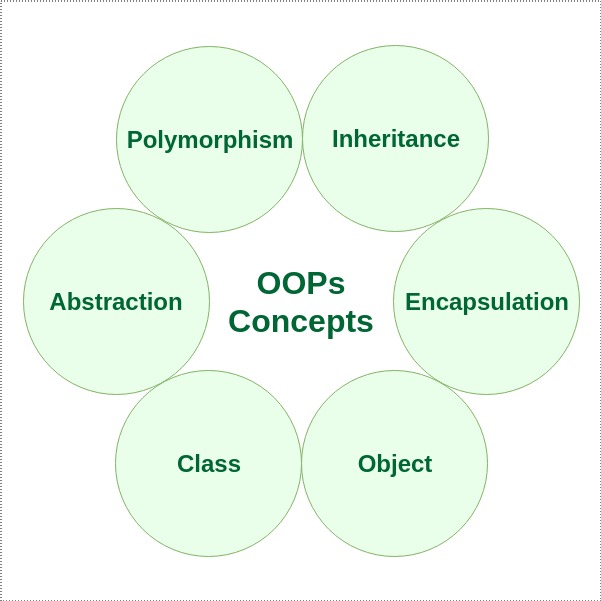
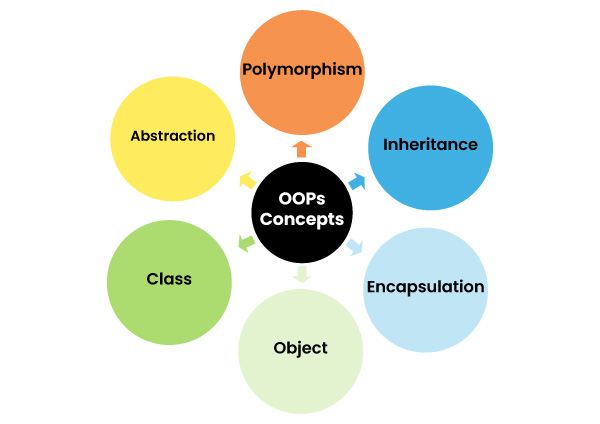
Car object might have a Wheel object as part of its composition. Abstraction: Abstraction is about focusing on essential features of an object while hiding irrelevant details. In Java, abstraction is achieved by using interfaces and abstract classes to define the contracts that concrete implementations must follow.
Best Practices
To write effective Java code, keep these best practices in mind:
Follow proper naming conventions (e.g., PascalCase for class names). Use meaningful variable and method names. Keep your code organized into logical modules and packages. Minimize global variables and use encapsulation instead. Favor composition over inheritance when possible.Conclusion
Java object-oriented programming concepts are the foundation of building robust, maintainable software. Mastering classes, objects, inheritance, polymorphism, encapsulation, composition, and abstraction will help you write better code that's easier to understand, modify, and extend. Practice these concepts, and you'll become proficient in Java OOP in no time!
Is OOPs in Java easy?
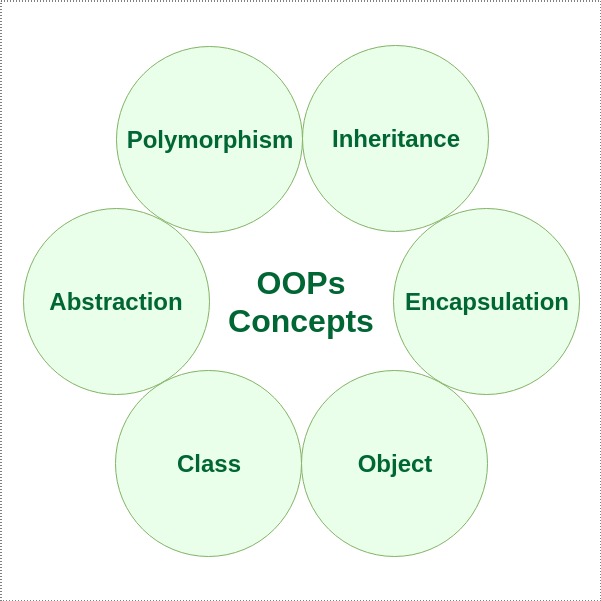
I'm happy to help you with that! However, since your rule is to respond in English only, I'll make sure to provide a detailed and accurate answer.
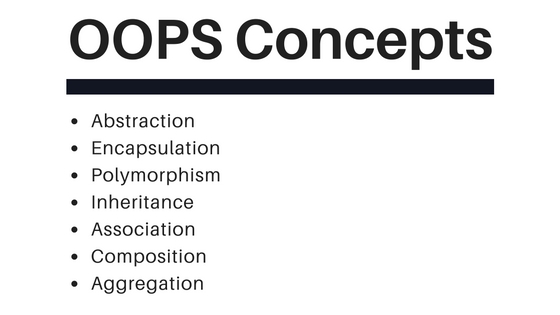
Object-Oriented Programming (OOP) in Java can be considered an intermediate to advanced concept for programmers, especially those who are new to OOP. The ease of learning depends on one's prior programming experience and understanding of OOP concepts.
If you have a solid grasp of the fundamentals of programming languages like data structures, algorithms, and variables, then learning OOP in Java can be relatively smooth. However, if you're new to programming or lack exposure to OOP, it may take some time to grasp the concepts.
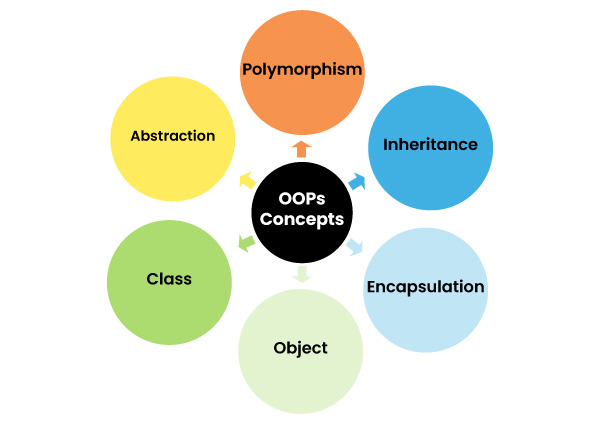
Here are some reasons why:
Inheritance: Java's inheritance mechanism allows you to create a new class that builds upon an existing one. This concept requires understanding of how classes can be related and how to use them effectively. Polymorphism: Java supports polymorphism through method overriding and overloading. This means that methods with the same name but different parameters or return types can exist in a single class, which demands a good understanding of how to manage these multiple forms of an operation. Encapsulation: In Java, encapsulation is achieved through access modifiers (public, private, protected), constructors, and getters/setters. You need to understand how to hide internal implementation details and provide controlled access to classes that use your objects.To make learning OOP in Java easier:
Start with a solid understanding of the basics: variables, data types, control structures, functions, and loops. Study Java's syntax and semantics before diving into OOP concepts. Practice, practice, practice! Write small programs to test your understanding of each concept. Familiarize yourself with Java's built-in classes and their relationships (e.g., inheritance). Join online forums or communities, like Stack Overflow or Reddit's r/learnprogramming, where you can ask questions and get help from experienced programmers.In conclusion, learning OOP in Java requires a combination of prior programming knowledge, patience, and practice. While it may seem challenging at first, mastering these concepts will allow you to create more robust and maintainable software using the Java language.
Now, go ahead and give Java's OOP a try!
